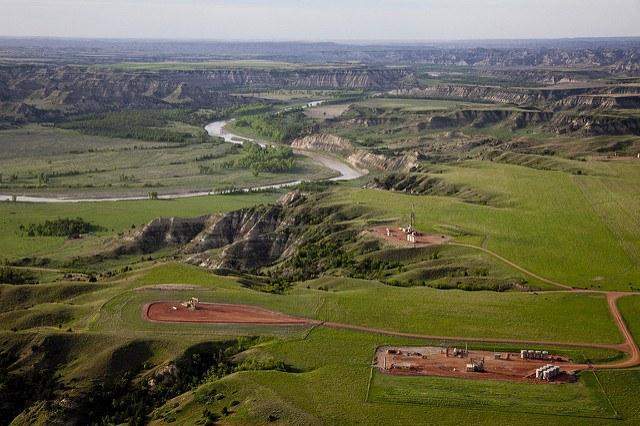
By Sophie Bell-Rhone
Fracking is one of those issues that divides opinion and inflames debate with such ferocity that it can be difficult to draw any reliable conclusions. Anyone who is engaged even fleetingly by environmental and economic concerns cannot help but pick up on the controversy of this emerging drilling technique. It’s nobody’s place to tell us what to think, but a keen look at fracking from both sides of the argument can prove an eye-opener.
The fact is: Humankind has frittered away its non-renewable energy resources, and it will take a wealth of invention if we are to progress without prices or the toll on the environment getting out of hand.
Proponents of fracking -- high-volume hydraulic fracturing, to give the technique its full name – paint a picture of ‘transparent gold,' with the aggressive mining technique able to extract billions of cubic feet of natural gas per day. Alongside a hefty oil haul, this points to a $231 billion windfall for the U.S. economy by 2035. As well as accounting for half of U.S. energy needs, an estimated 1.6 million jobs will be created. Taken by themselves, these statistics give a rosy view of the future of fracking.
However, the very environmental short-sightedness that has brought us to the brink of an energy crisis is exactly the kind of warning we should pay heed to before pursuing an aggressive new mining technique.
Fracking involves drilling deep into the ground and bombarding the sedimentary rock below with high volumes of water in order to dislodge gas or oil. Predictably, such an approach is not kind on nature: 7 million gallons of water may be used for each well, with over 30 percent of that water lost. Groundwater can become contaminated, greenhouse gas emissions are claimed to be higher than conventional techniques, and pollutants such as arsenic, cadmium and lead (among others) are released into the ecosystem. Most dramatically, the threat of earthquakes seems to rise with the use of fracking – there were 659 earthquakes in the U.S. with a magnitude greater than 3 in 2014, more than six times the total of the four preceding years combined.
This would make for shocking reading even in light of the economic benefits outlined above. But when those figures are offset by the fact that each well can see up to a 90 percent drop in its production in the first year, or that the fracking industry needs to make at least double the price per barrel of regular oil in order to break even, the outrage expressed by the anti-fracking movement feels increasingly justified.
To make up your mind for yourself, run your eyes over this new infographic, which outlines the statistics both ‘for’ and ‘against’ the further development of the fracking industry.
Image credit: Flickr/NPCA Photos
Infographic courtesy of 911Metallurgist
Sophie Bell-Rhone is digital PR lead for NeoMam Studios, a content marketing agency.
TriplePundit has published articles from over 1000 contributors. If you'd like to be a guest author, please get in touch!














